Table of Contents
Embarking on a culinary journey through Turkey reveals a captivating tapestry of flavors and cultural heritage. The food from Turkey, influenced by Anatolian, Middle Eastern, Mediterranean, and Balkan traditions, offers a delightful fusion of tastes. From beloved traditional dishes to tantalizing street cuisine, Turkish food is a treasure trove of mouthwatering delights that showcase the richness of its food culture. Let’s dive into this diverse and vibrant world of the food culture of Turkey.
Top Ingredients of Turkish Cuisine
In Turkish cuisine, a rich tapestry of flavors is crafted through the skillful combination of various ingredients. Here is a list of the most commonly used ingredients that form the essence of Turkish culinary traditions:

Rice (Pilav): A staple in Turkish cuisine, rice is often served with various dishes and can be prepared in different ways, such as plain white rice or pilaf with vegetables, nuts, or meat.

Lamb and Beef: Lamb and beef are the most popular meats in Turkey and are key ingredients in many traditional dishes like Kebabs, Köfte, and İskender.

Spices: Turkish cuisine boasts a wide array of spices, including cumin, coriander, cardamom, paprika, and saffron, which enhance the depth and flavor of their dishes.

Yogurt (Yoğurt): Yogurt is an essential component of Turkish cuisine and is used as a condiment, a base for sauces like cacık, or as a key ingredient in dishes like İskender Kebab.

Onions and Garlic: These two ingredients are fundamental in Turkish cooking, providing a savory foundation for many dishes, including stews and meat preparations.
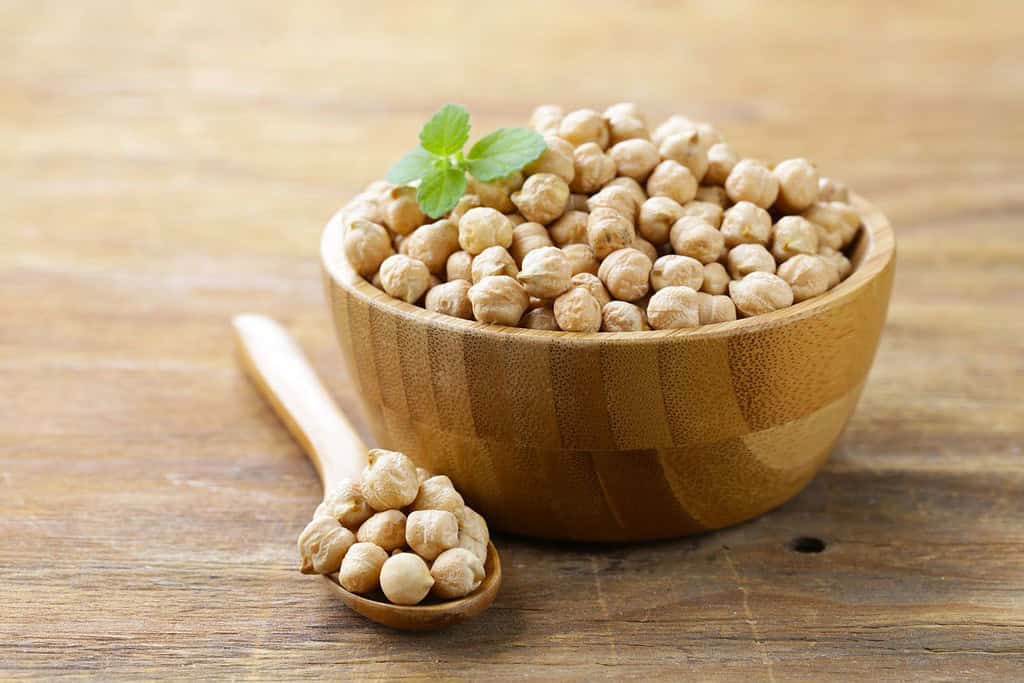
Chickpeas (Nohut): Chickpeas are a versatile ingredient in Turkish cuisine, used in dishes like hummus, chickpea stew (Nohut Pilaki), and various salads.

Tomatoes (Domates) and Red Bell Peppers (Kırmızı Biber): Tomatoes and red bell peppers are frequently used in Turkish cuisine to add a sweet and tangy flavor to soups, stews, rice dishes, and sauces.
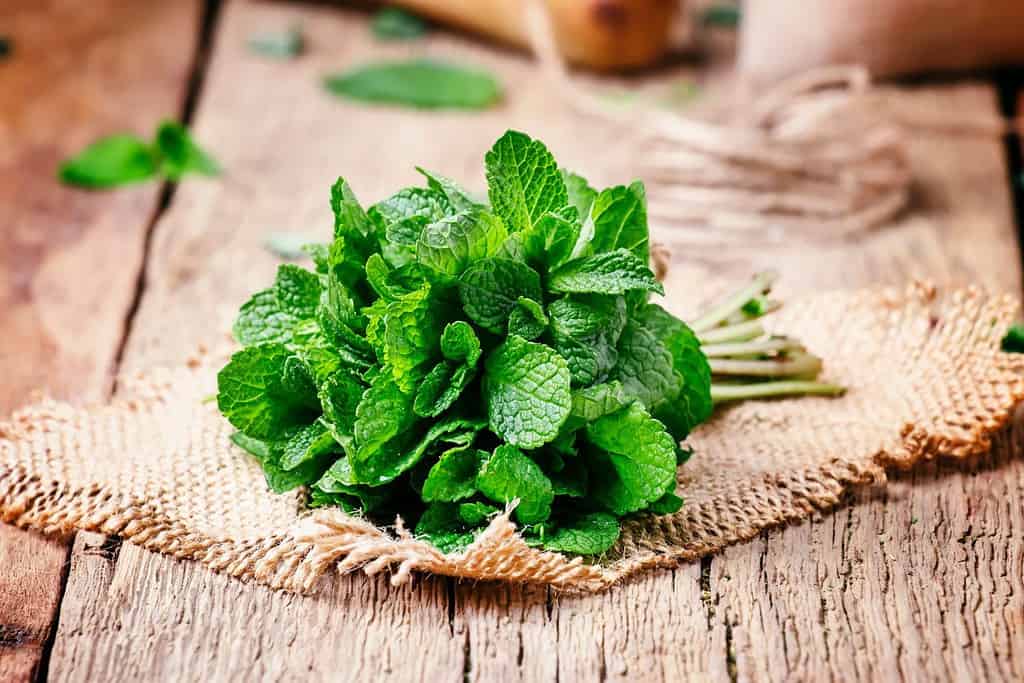
Mint (Nane): Fresh mint is a beloved herb in Turkish cuisine, used to garnish salads, flavor yogurt-based dips, and add a refreshing touch to dishes like lamb with yogurt (Yoğurtlu Kuzu).

Nuts: Pistachios, almonds, and hazelnuts are commonly used in Turkish cooking, adding a delightful crunch and richness to various desserts, baklava being a prime example.

Turkish Bread (Ekmek): Bread is an integral part of Turkish meals, and traditional Turkish bread (Ekmek) is enjoyed alongside a variety of dishes, especially to scoop up flavorful sauces and dips.
These ingredients, along with a wealth of herbs, spices, and other locally sourced produce, contribute to the diverse and delightful flavors found in Turkish cuisine, creating a culinary heritage that is both vibrant and cherished.
The variety of food from Turkish Cuisine
Turkish cuisine offers a fascinating array of flavors and dishes that mirror the nation’s rich history and cultural diversity. Influenced by Mediterranean, Middle Eastern, Balkan, and Central Asian culinary traditions, Turkish food provides a unique fusion of ingredients and cooking methods. One of the most renowned dishes is Pilav, a fragrant combination of long-grain rice cooked with tender lamb, aromatic spices, and sweet caramelized onions and raisins. This dish symbolizes Turkish hospitality and is often served at celebratory gatherings. Another beloved Turkish specialty is Manti, delicate dumplings filled with seasoned ground meat and onions, topped with a tangy yogurt-based sauce and a drizzle of garlic-infused butter.
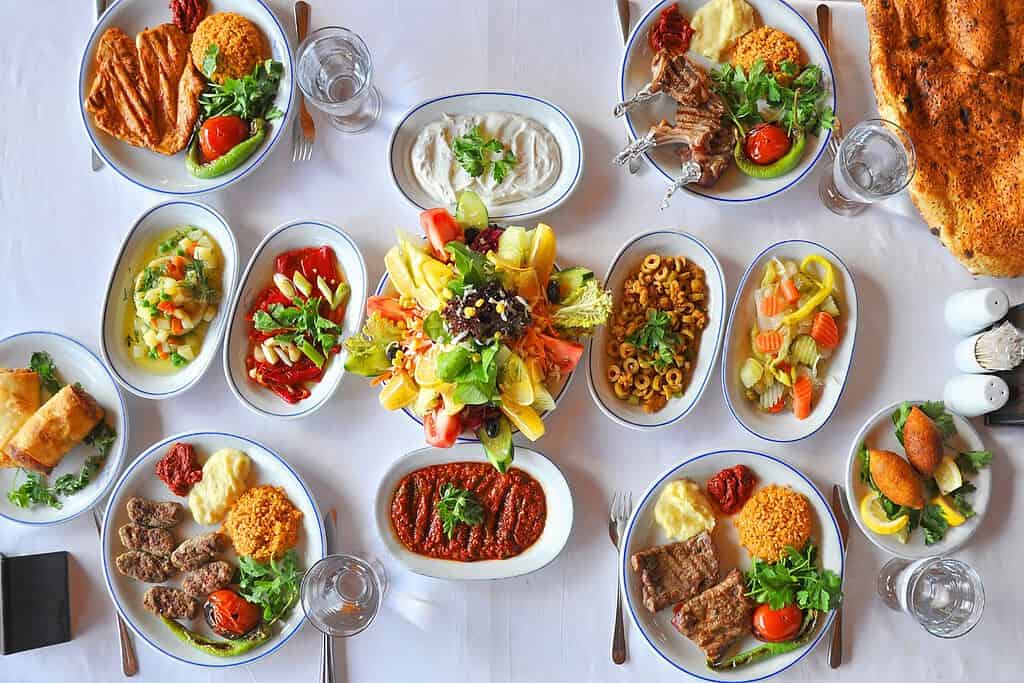
The heartiness of Turkish cuisine is exemplified in its grilled Kebabs, prepared with various meats like lamb, chicken, or beef, marinated in a delightful blend of spices. The country’s love for stews is evident in Iskender Kebab, a savory concoction of meat, vegetables, and a medley of spices, often accompanied by pilav. For a vegetarian option, Ispanaklı Pilav stands out, featuring spinach cooked with garlic, onions, and spices, served with steamed rice. Another popular choice is Gözleme, a stuffed flatbread filled with cheese, herbs, or potatoes, offering a crispy texture and flavorful experience.
Satisfying the sweet tooth, Turkish cuisine presents delightful desserts like Baklava, a rich pastry made with layers of flaky filo dough, filled with nuts and sweetened with syrup, commonly enjoyed during festive occasions. The diversity of Turkish food is further exhibited in its regional specialties, with each area showcasing distinct recipes and culinary techniques. Whether indulging in the succulent flavors of a Kebab or relishing the comforting taste of Manti, exploring the variety of Turkish cuisine is an adventure in cultural richness and gastronomic pleasure.
While visiting beautiful Turkey, you can savor all the best recipes from Turkish cuisine. We offer a wide range of tours in Turkey that you can choose to experience the country’s culinary delights.
Best Foods in Turkey
Turkey’s culinary scene boasts a diverse and mouthwatering array of dishes that captivate taste buds with their rich flavors and cultural significance. While it’s challenging to pinpoint a definitive list of the “best” foods, there are certain dishes that are highly cherished and emblematic of Turkish cuisine.

Turkish cuisine is renowned for its inventive use of spices, including sumac, paprika, cumin, coriander, cardamom, turmeric, cloves, cinnamon, ginger, garlic, chilies, saffron, black pepper, and fresh mint, which contribute to the depth and flavorfulness of its dishes. The outcome is a harmonious fusion of fragrant spices and lively herbs that render Turkish cuisine truly extraordinary.
Most famous Turkish foods
Here are the top most famous foods in Turkey that have garnered recognition both locally and internationally:
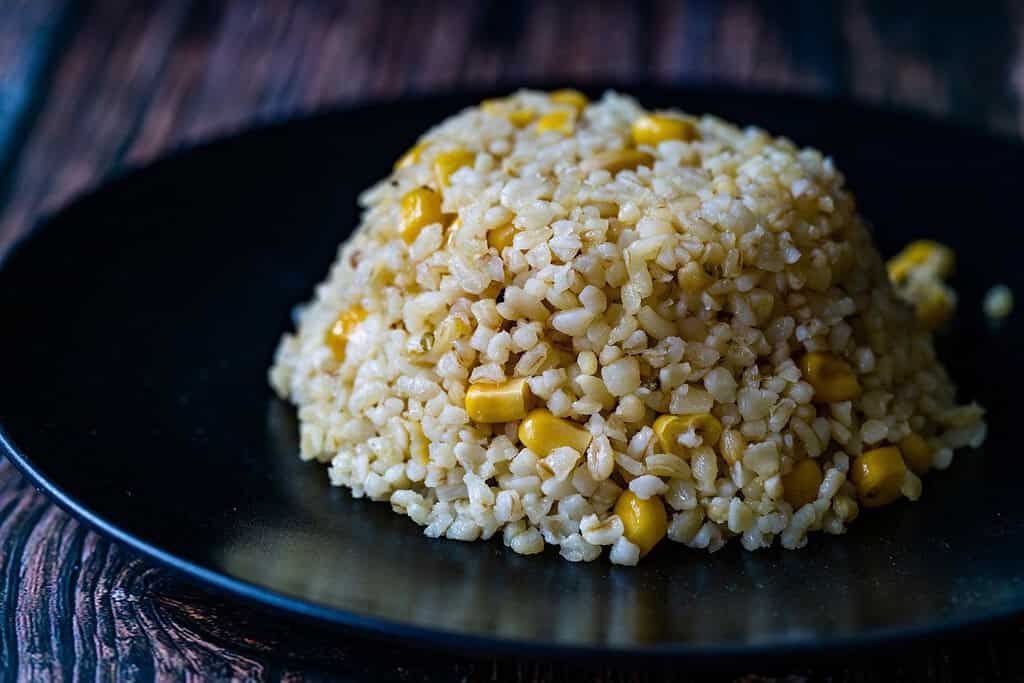
Pilav: Widely considered a national dish of Turkey, Pilav is a culinary masterpiece that features long-grain rice cooked with tender lamb or chicken, fragrant spices, and sweet caramelized carrots and currants. This dish exemplifies the perfect balance of savory and sweet, making it a favorite at weddings, festivals, and family gatherings.
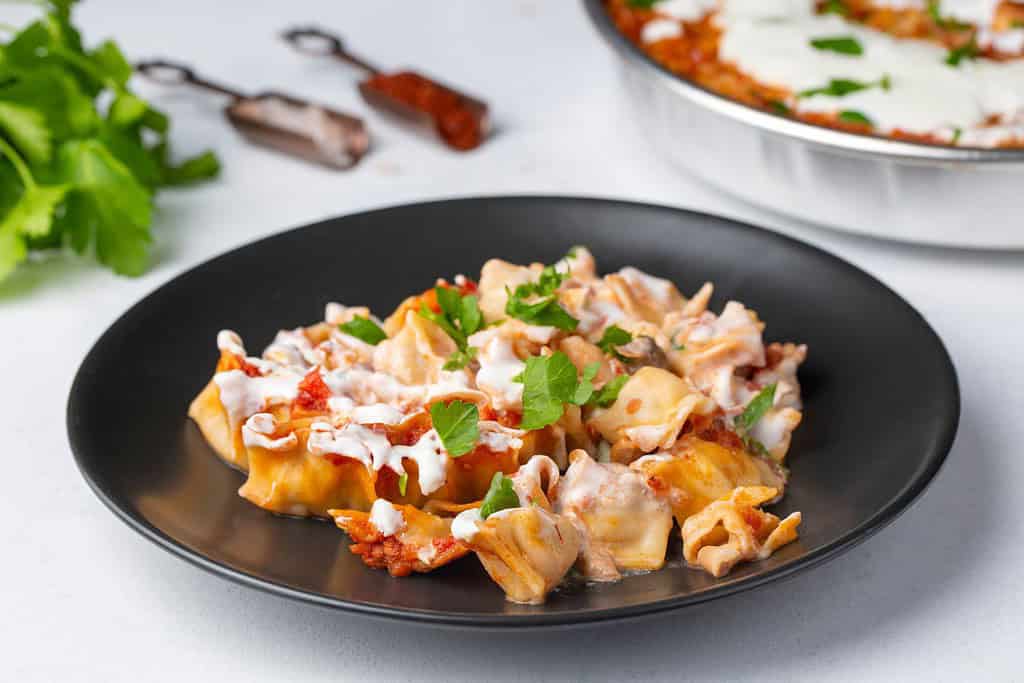
Manti: A symbol of Turkish hospitality, Manti are delicate dumplings filled with spiced ground meat (often beef or lamb) and onions. These dumplings are artfully arranged on a platter and served with a garlic yogurt sauce and drizzled with chili-infused butter, creating a harmonious explosion of flavors.

Kebabs: Turkish Kebabs are renowned for their succulent taste and smoky aroma. Whether it’s lamb, chicken, or beef, the meat is marinated in a blend of spices and grilled to perfection. Served with lavash and various salads, Kebabs are a popular street food and an integral part of Turkish cuisine.

Etli Ekmek: A staple in Turkish households, Etli Ekmek is a rich and flavorful flatbread prepared with ground meat (often lamb or beef), vegetables, and a medley of aromatic spices. It’s typically enjoyed with yogurt and the variations in recipes across regions add to its allure.

Gozleme: Gozleme is a delectable stuffed flatbread that comes in various fillings, such as spinach and cheese, potatoes, or minced meat. Cooked on a griddle until crispy, Gozleme is enjoyed as a snack or side dish, often paired with ayran (a yogurt-based drink) or cacik (a cucumber and yogurt dip).

Dolma: These stuffed vegetables, often grape leaves or bell peppers, are filled with seasoned rice, ground meat, and a mix of herbs and spices. Dolma’s distinctive taste and presentation make it a favorite during special occasions and celebrations.
These renowned Turkish dishes showcase the richness and diversity of the country’s culinary heritage, making them popular not only within Turkey but also among food enthusiasts around the world.
Turkish Desserts
Turkish desserts offer a delightful conclusion to a satisfying meal, showcasing a blend of sweet flavors and delicate textures. These desserts are deeply rooted in Turkish culture and are often enjoyed during celebrations, festivals, and special occasions. Some popular Turkish desserts include:
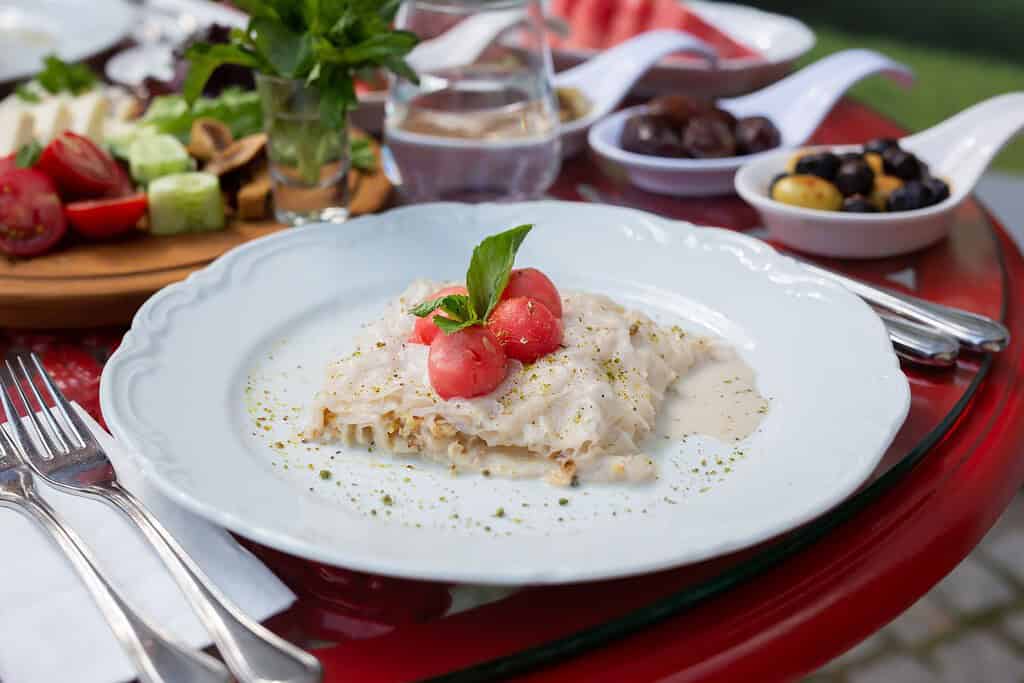
Güllaç: This is one of Turkey’s most cherished desserts, especially during Ramadan celebrations. Güllaç is a traditional Turkish dessert made with thin layers of starch sheets soaked in rosewater-infused milk and layered with a filling of finely ground walnuts and pomegranate seeds. It is a light and fragrant dessert that is perfect for warm evenings.

Lokma: A beloved street food, Lokma consists of small deep-fried dough balls soaked in a sweet syrup, resulting in bite-sized, fluffy, and sweet pastries. It’s a popular choice during various festivities and outdoor events.

Sütlaç: Similar to rice pudding, Sütlaç is a creamy dessert made with rice, milk, sugar, and fragrant cardamom. It is often garnished with ground cinnamon and chopped hazelnuts or almonds, adding a lovely nutty touch.

Baklava: Although Baklava has its origins in the Middle East, it has become a favorite in Turkish cuisine. Layers of thin pastry dough are filled with a mixture of crushed pistachios and sweetened with honey or sugar syrup, creating a rich and flaky treat.

Revani: Revani is a semolina cake soaked in a lemon-flavored sugar syrup. It is often garnished with shredded coconut or sliced almonds and is known for its unique texture and sweet-tart flavor.
These Turkish desserts offer a delightful journey through the rich and sweet culinary traditions of Turkey, making them a perfect way to end any meal.
The culture behind Turkish cuisine
The culture behind Turkish cuisine is deeply rooted in tradition, hospitality, and community. Turkish culinary traditions reflect the country’s rich history and diverse cultural influences, blending elements from Mediterranean, Middle Eastern, Central Asian, and Balkan culinary traditions. Food holds significant cultural importance in Turkey and plays a central role in social gatherings, family events, and religious celebrations.
Hospitality is a cornerstone of Turkish culture, and sharing food with guests is a deeply ingrained tradition. When visitors arrive at a Turkish home, they are warmly welcomed with an array of delicious dishes, reflecting the host’s generosity and desire to make their guests feel at home. Meals are often communal affairs, with everyone seated around a shared table, emphasizing the importance of togetherness and solidarity in Turkish culture.
Also, read:
İstanbul, Ankara, and Izmir

Take a culinary journey through İstanbul, Ankara, and Izmir, and immerse yourself in the captivating flavors that have been crafted and cherished for generations in Turkey. Let the traditional foods of each city paint a flavorful picture of Turkey’s culinary tapestry, inviting you to savor the unique delights of these remarkable regions.
Within the enchanting world of Turkish cuisine, each region brings its own distinct flavors and culinary traditions. Let’s embark on a journey to İstanbul, Ankara, and Izmir, and discover the delightful differences in their traditional foods.
The differences in dishes from each Turkish city can be attributed to a combination of factors, including geography, historical influences, and the majority ethnic group residing in each region. Turkey’s diverse landscape and geographical features, such as mountains, plains, and coastline, have influenced the availability of certain ingredients and agricultural practices in different regions. This, in turn, has contributed to variations in the types of dishes that have evolved in each city.
İstanbul’s İskender Kebab features succulent slices of grilled meat served over a bed of pita bread, topped with a rich tomato-based sauce and creamy yogurt, epitomizing Turkish hospitality. Ankara’s Tavuklu Pilav takes a flavorful twist on rice, combining tender chicken, aromatic spices, and dried fruits for a delightful taste experience. Izmir’s İzmir Köfte offers a spicier version of the popular dish, with well-seasoned ground meat patties cooked to perfection on the grill, pleasing the palate with bold flavors.
For example, in İstanbul, being the largest city and a cultural melting pot, the culinary scene is more diverse and influenced by a mix of traditions from various regions. Ankara, as the capital, has its own culinary identity with influences from Central Anatolia, leading to distinct dishes like Tavuklu Pilav. In Izmir, the Aegean region’s unique ingredients and culinary traditions influence the cuisine, resulting in spicier and robust dishes like İzmir Köfte.
Comparing the three cities, İstanbul offers a diverse range of dishes influenced by its cosmopolitan nature, Ankara highlights hearty meat-centric preparations, and Izmir tantalizes with bold spice combinations. Each city showcases its own culinary identity, adding depth to the multifaceted and rich tapestry of Turkish cuisine.
Istanbul
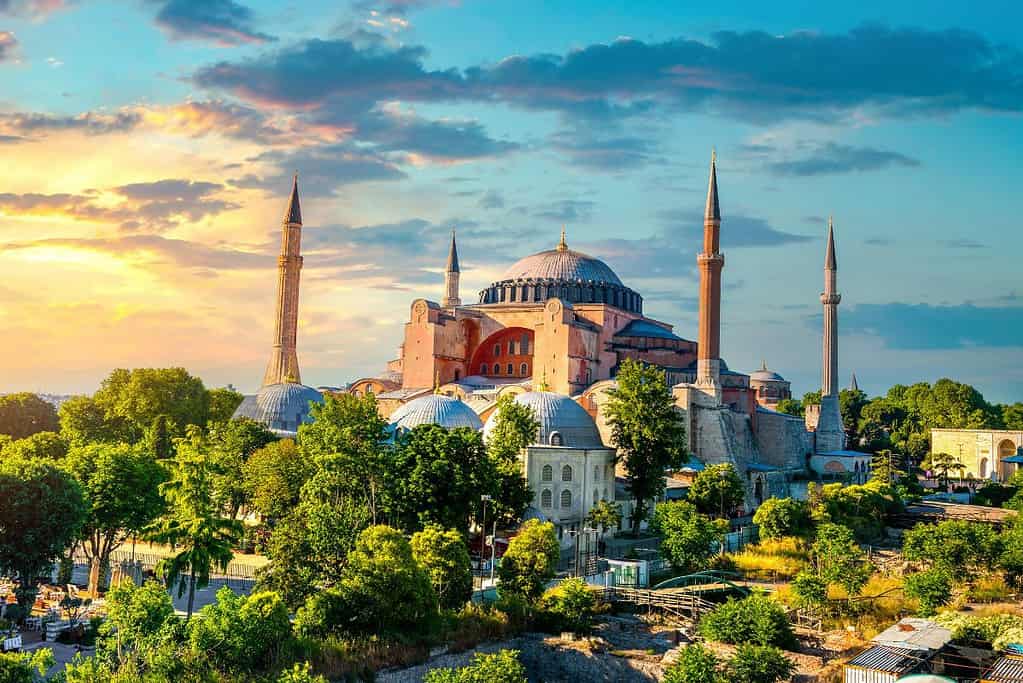
Our culinary journey begins in Istanbul, the largest and most vibrant city in Turkey. Istanbul’s food scene is a reflection of its rich history and diverse cultural influences, offering a delightful mix of traditional Turkish dishes and international flavors. As we wander through the bustling markets and street food stalls, the tantalizing aroma of freshly baked bread and sizzling kebabs fills the air. Istanbul’s food culture is a true melting pot, boasting a wide array of dishes to satisfy every taste bud.
Famous food from Istanbul
- İskender Kebab: Slices of succulent grilled meat served over pita bread, drizzled with a flavorful tomato-based sauce and creamy yogurt.
- Manti: Delicate dumplings filled with spiced ground meat and onions, typically served with a tomato sauce and yogurt.
- Hünkar Beğendi: A rich and creamy eggplant puree topped with tender chunks of lamb or beef stew.
- Börek: Flaky pastry filled with various ingredients like cheese, spinach, or minced meat, enjoyed as a savory snack.
- Balik Ekmek: Grilled fish sandwiches served in a crusty bread roll, a popular street food along the Bosphorus.
- Lahmacun: Thin and crispy Turkish pizza topped with minced meat, vegetables, and herbs.
Ankara

Continuing our journey to Ankara, the capital of Turkey, we discover a culinary landscape that showcases the heartier side of Turkish cuisine. Ankara’s food culture emphasizes robust meat dishes, aromatic spices, and hearty preparations. The city’s gastronomy is influenced by the central Anatolian region, offering a unique and satisfying dining experience.
Famous food from Ankara
- Tavuklu Pilav: A flavorful rice dish prepared with tender chicken, aromatic spices, and dried fruits for a delightful taste experience.
- Çılbır: A traditional Turkish dish featuring poached eggs served on a bed of yogurt, drizzled with chili-infused butter.
- Döner Kebab: Slices of marinated and roasted meat, typically served in a flatbread with vegetables and sauces.
- Mengen Pilavı: A type of pilaf made with tender pieces of meat, rice, and a blend of spices.
- Kuzu Tandır: Slow-roasted lamb, seasoned to perfection, resulting in tender and flavorful meat.
Aydın
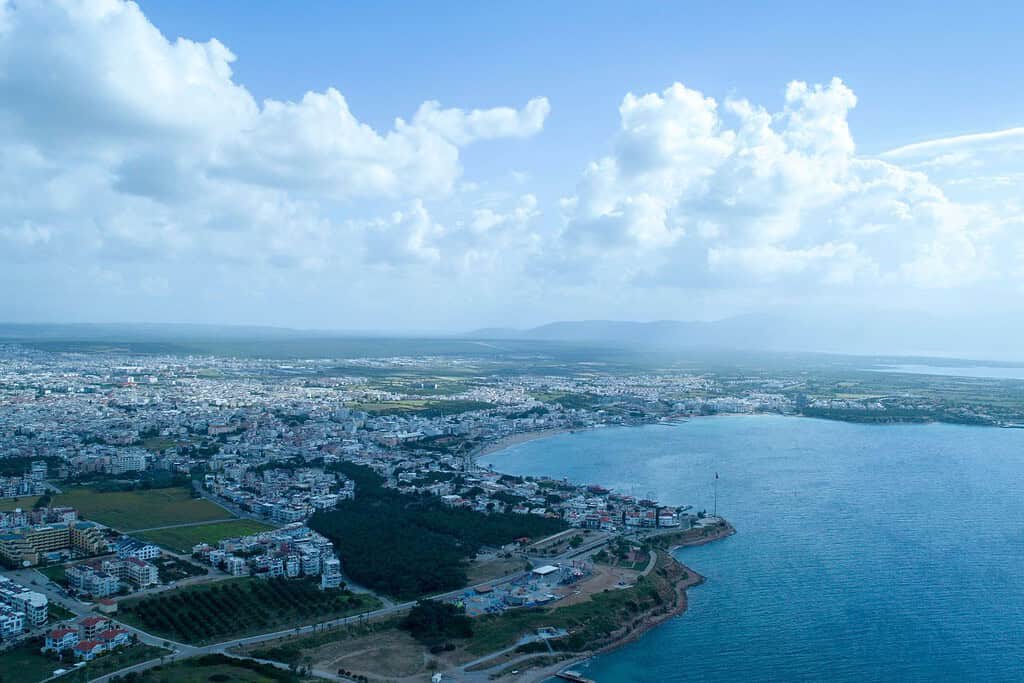
Our culinary journey concludes in Aydın, a city nestled in the fertile lands of the Aegean region, known for its fresh produce and bold flavors. Aydın’s cuisine is characterized by its use of locally sourced ingredients, aromatic herbs, and bold spices, creating dishes that tantalize the taste buds with a burst of flavors.
Famous food from Aydın
- Aegean Olive Oil Dishes: A variety of vegetable and legume dishes cooked in olive oil, such as zeytinyağlı enginar (artichokes) and zeytinyağlı taze fasulye (green beans).
- Döner Ayvalık Tostu: A delectable sandwich featuring slices of döner meat, tomatoes, peppers, and cheese, grilled to perfection.
- Sulu Köfte: Meatballs served in a flavorful tomato-based broth, often accompanied by rice.
- İskorpit Dolması: Stuffed red mullet with a mixture of spices, herbs, and rice, a seafood delicacy.
- Kara Lahana Çorbası: A hearty cabbage soup flavored with black cabbage and various spices.
- Kaz Dağları Pekmezi: A special molasses made from the sap of the local trees in the Kaz Dağları region, used as a sweetener and flavor enhancer in many dishes.
Book Your Trip to Turkey Today!
Embark on an unforgettable journey and explore the allure of Turkey through our exclusive tours.
More About Turkey
[the-post-grid id=”50436″ title=”Turkey Main page”]
